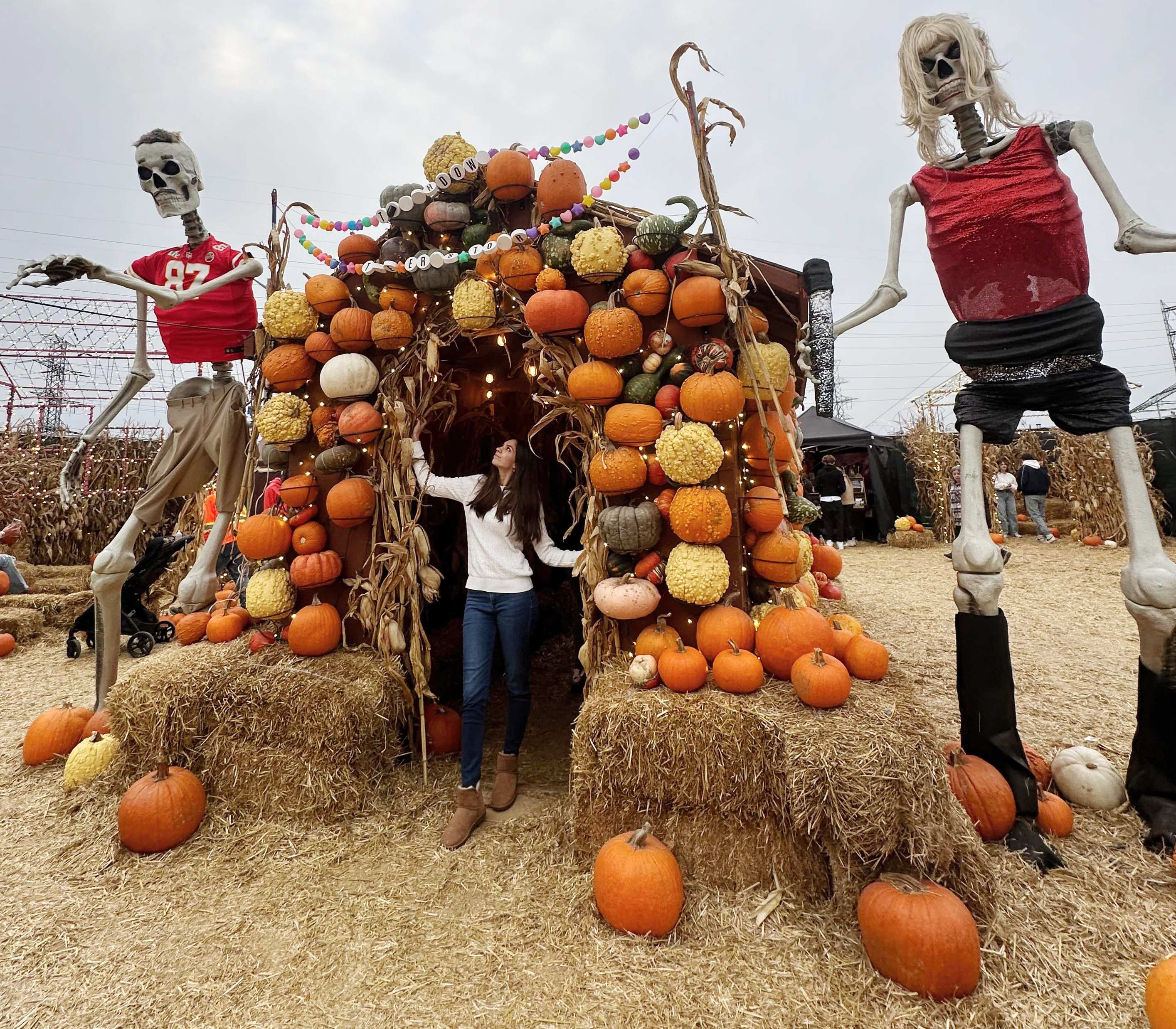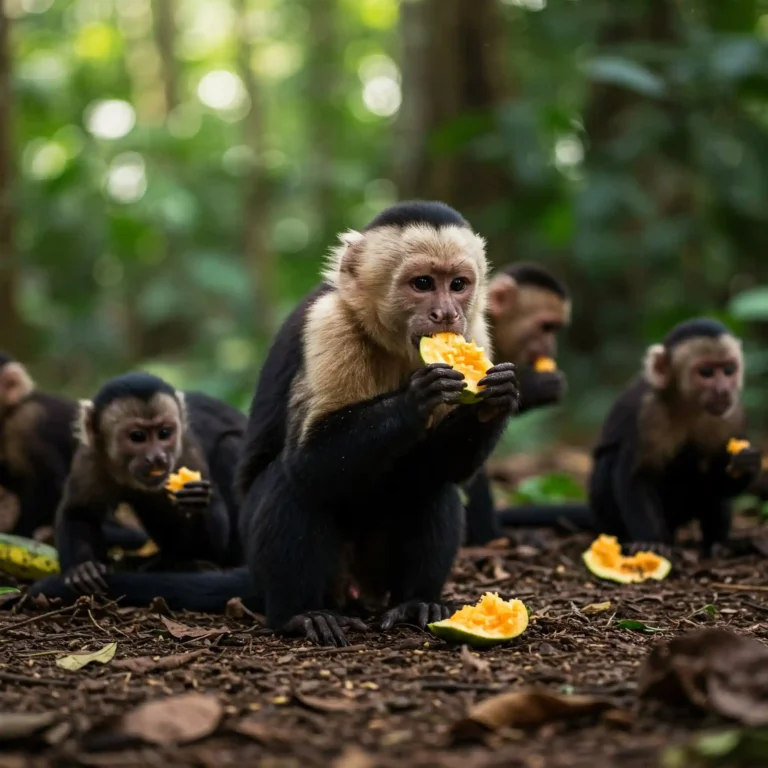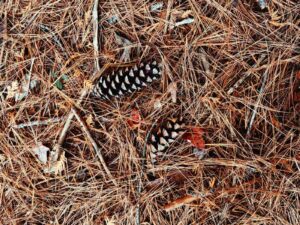Halloween is here, and as usual, pumpkins take center stage in this festive celebration. Let’s delve deeper into why these gourd-geous fruits are so beloved.
Pumpkins are members of the Cucurbitaceae family and offer numerous health benefits. Their flesh is good for your teeth and can be used to treat throat and eye infections. The leaves are digestible and can be used as a painkiller or applied to burns. The seeds have diuretic and stimulant properties, helping to relieve chest pain, bronchitis, and fever, reduce thirst, and aid in treating kidney problems. And best of all, they’re packed with nutrients like carbohydrates, proteins, lipids, and minerals.
But why did this nutritious fruit become a Halloween staple? Let’s take a look at the history of this celebration. While there are various theories, such as its association with pagan rituals, the link to Christianity is the most widely accepted explanation for many. The Church named the eve of All Saints’ Day “All Hallows’ Eve,” which the Scots shortened to “Halloween.”
However, it wasn’t until the 19th century, with the arrival of Irish immigrants in North America, that Halloween gained widespread popularity, but this time with a more folkloric twist. They shared myths like that of Stingy Jack, who, after tricking the Devil, was condemned to wander the Earth forever, banished from both heaven and hell.
The Irish tradition was to carve demonic faces into turnips to ward off Jack’s spirit. When they arrived in America, they found that pumpkins were a more readily available and affordable option due to their size and abundance, and thus, the pumpkin carving tradition was born.
Now that you know the fascinating history behind the Halloween pumpkin, why not grab one and let your inner child run wild creating a spooky face? It’s a fun way to banish any lingering spooky thoughts.
Happy Halloween!






